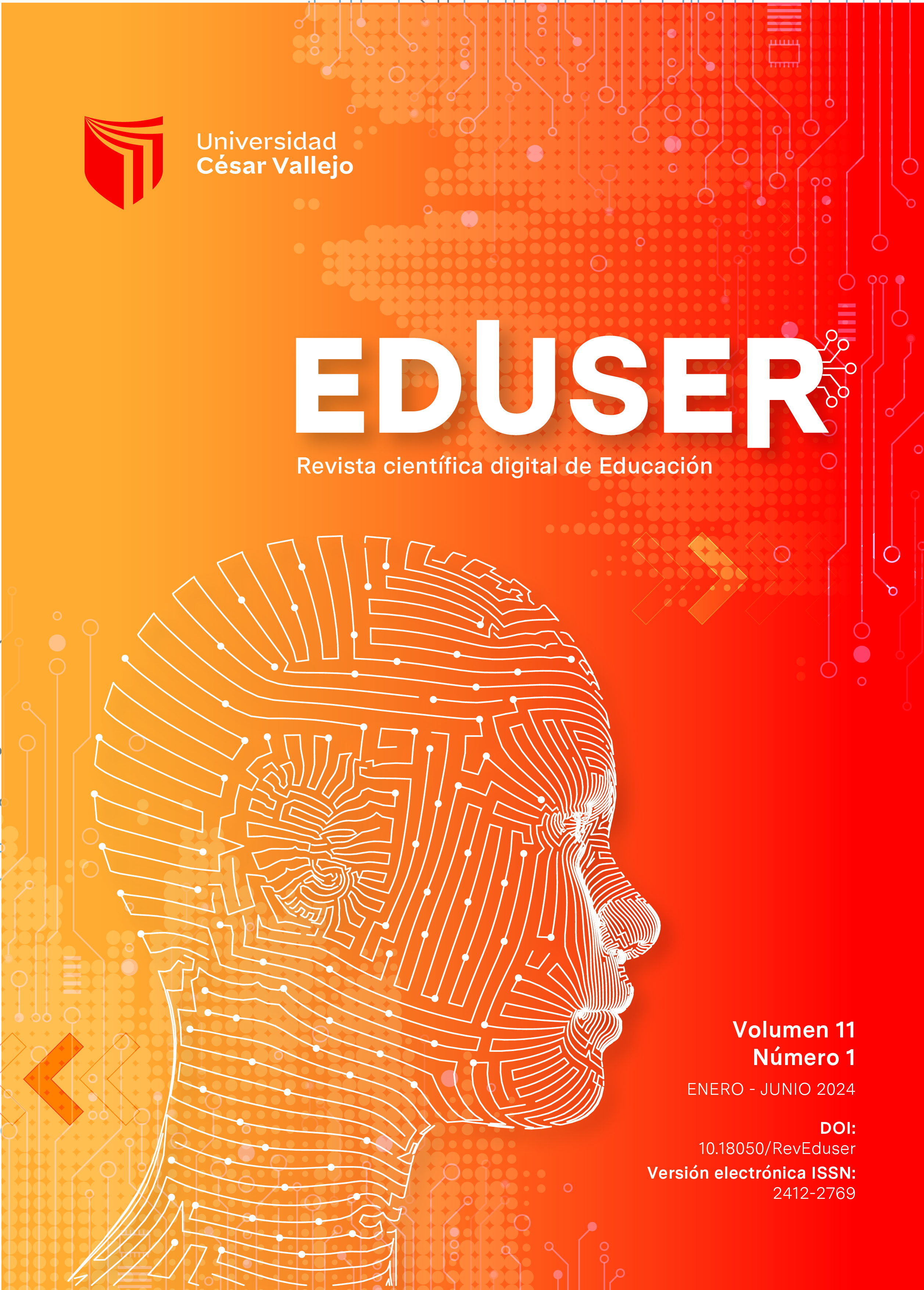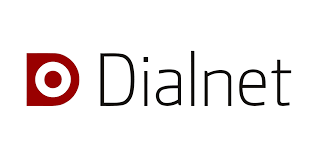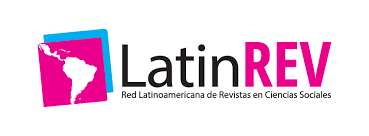Virtual learning environments: Situational analysis of a university experience
DOI:
https://doi.org/10.18050/eduser.v11n1a5Keywords:
SWOT situational analysis, E-learning, Blended Learning, B-learning, virtual environmentsAbstract
The research explores the topic related to B-learning studies in virtual environments, as a way to promote professional growth. It is based on the implementation of innovative educational approaches, which seek academic quality and commitment to society within educational institutions, counting on the capabilities and competencies of teachers. The objective is to analyze the virtual environments of a Venezuelan public university based on the situational diagnosis carried out with the swot matrix. The methodology requires a descriptive research - applied through a non-experimental and cross-sectional field research approach, it is based on theories of authors such as García (2012), Marsh (2012), Lozano (2011), Suárez (2010). and Tobón (2010-2013), among others. The results highlight the existence of weaknesses related to interruptions at the platform level and the rejection of teachers in the use of virtual environments as a self-learning tool. Among the strengths related to the diversification of training action and the irrelevance of geographical barriers. Threats related to the paralysis of servers and opportunities related to the implementation of the virtual classroom, self-management of time for teaching and updating technological skills were specified. It is concluded that efforts must be strengthened to break existing barriers and overcome existing weaknesses, mitigate threats and advance in the consolidation of virtual learning spaces from existing opportunities.
References
Ademola, R. (2023). The impact of Virtual Learning Environments on student achievement. Journal of Education Review Provision, 1(3), 53–58. https://doi.org/10.55885/jerp.v1i3.195
Aguilar, R. A., Aké, I., & Ucán, J. P. (2015). Developing virtual learning environments for software engineering education: A ludic proposal. In L. Gómez Chova, A. López Martínez, & I. Candel Torres (Eds.), EDULEARN15 Proceedings (pp. 7844-7849). International Association of Technology, Education and Development (IATED). https://library.iated.org/view/AGUILARVERA2015DEV
Aguirre, E. I. R., González, R. M. G., Cruz, N. L. M. de la, & Ramírez, G. C. (2022). Analysis indicators of the networks of collaboration for learning in environments virtual. South Florida Journal of Development, 3(5), 6118–6127. https://doi.org/10.46932/sfjdv3n5-032
Clark, S., & Maher, M. L. (2006). Collaborative learning in a 3D virtual place: Investigating the role of place in a virtual learning environment. Advanced Technology for Learning, 3(4). https://doi.org/10.2316/journal.208.2006.4.208-0896
Durán, R. A. (2015). La educación virtual universitaria como medio para mejorar las competencias genéricas y los aprendizajes a través de buenas prácticas docentes. [Tesis doctoral. Universidad. Universidad Politécnica de Cataluña · Barcelona Tech - UPC Barcelona, España]. https://www.tdx.cat/bitstream/handle/10803/397710/TRADR1de1.pdf
García, A. (2012). Convergencia Presencia-Distancia (12,2). Contextos universitarios mediados. https://doi.org/10.58079/CWL4
García-Ruiz, R., Aguaded, I., & Bartolomé-Pina, A. (2017). La revolución del blended learning en la educación a distancia. RIED Revista Iberoamericana de Educación a Distancia, 21(1), 25. https://doi.org/10.5944/ried.21.1.19803
Grivokostopoulou, F., Paraskevas, M., Perikos, I., Nikolic, S., Kovas, K., & Hatzilygeroudis, I. (2018). Examining the impact of pedagogical agents on students learning experience in virtual worlds. 2018 IEEE International Conference on Teaching, Assessment, and Learning for Engineering (TALE).
Hernández, R., Fernández, C. y Baptista, P. (2014). Metodología de la investigación. (6ª Ed.). McGraw-Hill / Interamericana Editores, S.A.
Hernández, Y. & García, J. (2012). Gestión ambiental como estrategia de competitividad en universidades privadas. [Tesis Doctoral. Venezuela: Universidad Dr. Rafael Belloso Chacín]. https://virtual.urbe.edu/tesispub/0093903/intro.pdf
Jia, Y., & Qi, R. (2023). Influence of an immersive virtual environment on learning effect and learning experience. International Journal of Emerging Technologies in Learning (iJET), 18(06), 83–95. https://doi.org/10.3991/ijet.v18i06.37815
Lerma y Kirchner, A., & Bárcena, S. (2012). Planeación estratégica por áreas funcionales: Guía práctica. Alfaomega.
López F. (2013). El ABC de la Revolución Metodológica. (1ra ed.). JHL Editorial Express, C.A.
Moazami, F., Bahrampour, E., Azar, M. R., Jahedi, F., & Moattari, M. (2014). Comparing two methods of education (virtual versus traditional) on learning of Iranian dental students: a post-test only design study. BMC Medical Education, 14(1). https://doi.org/10.1186/1472-6920-14-45
Noichun, N. (2022). Reflection-based learning in virtual environments for pre-service teachers. International journal of information and education technology (IJIET), 12(10), 1071–1077. https://doi.org/10.18178/ijiet.2022.12.10.1722
Nowfeek, M. R. M., & Rupasinghe, D. L. (2022). Development of a virtual learning environment (VLE) during the COVID -19 pandemic: A study with special reference to advanced technological institute. International Journal of Latest Technology in Engineering, Management & Applied Science, 11(01), 32–46. https://doi.org/10.51583/ijltemas.2021.11103
Osorio, L. A., & Duart, J. M. (2011). Análisis de la interacción en ambientes híbridos de aprendizaje. Comunicar, XIX(37), 65-72. https://www.redalyc.org/comocitar.oa?id=15820024008
Additional Files
Published
How to Cite
Issue
Section
License
Copyright (c) 2024 Maribel del Carmen González Urdaneta, Madelein Arellano, Ángel Urbina Chirinos

This work is licensed under a Creative Commons Attribution 4.0 International License.













